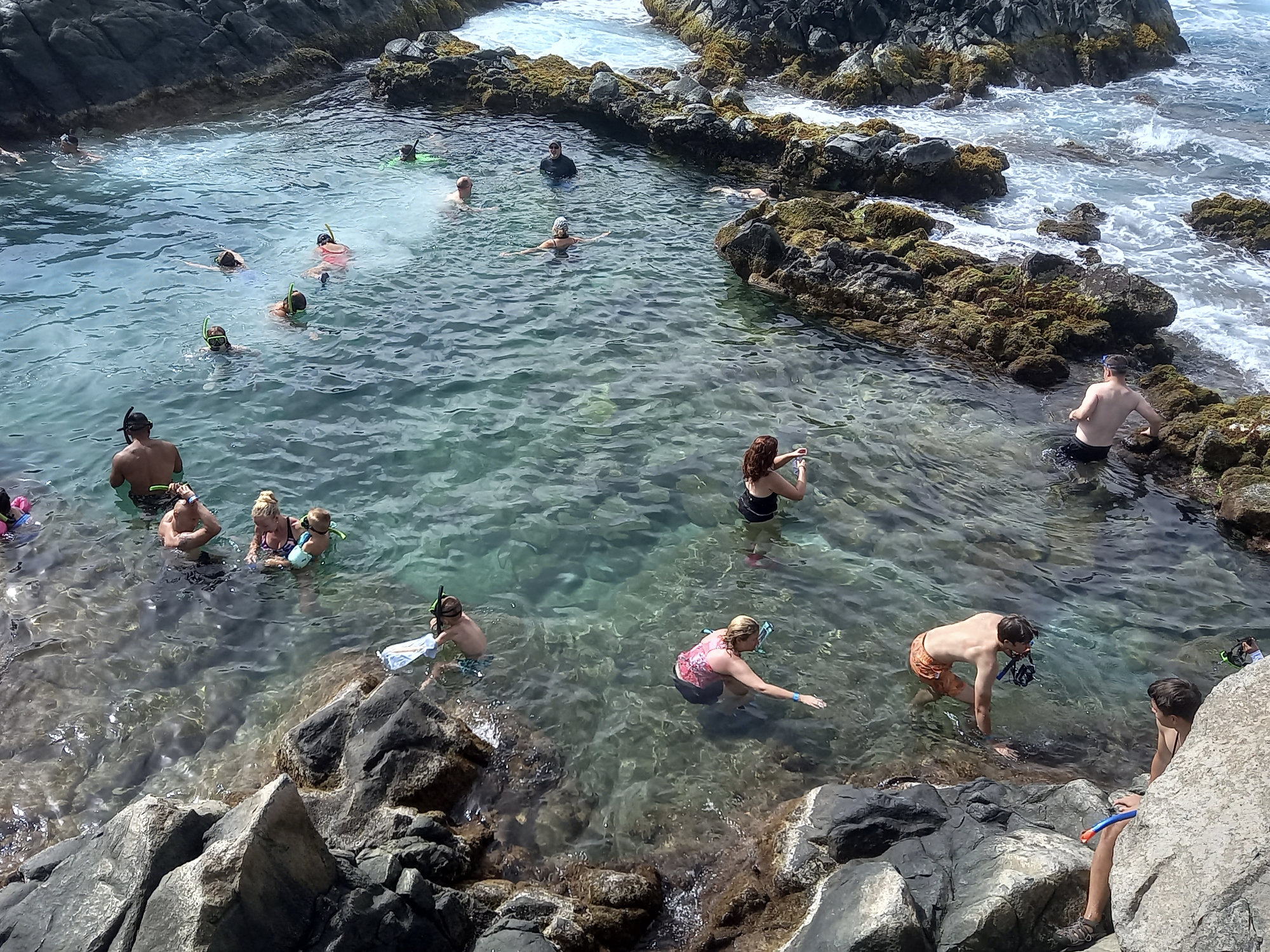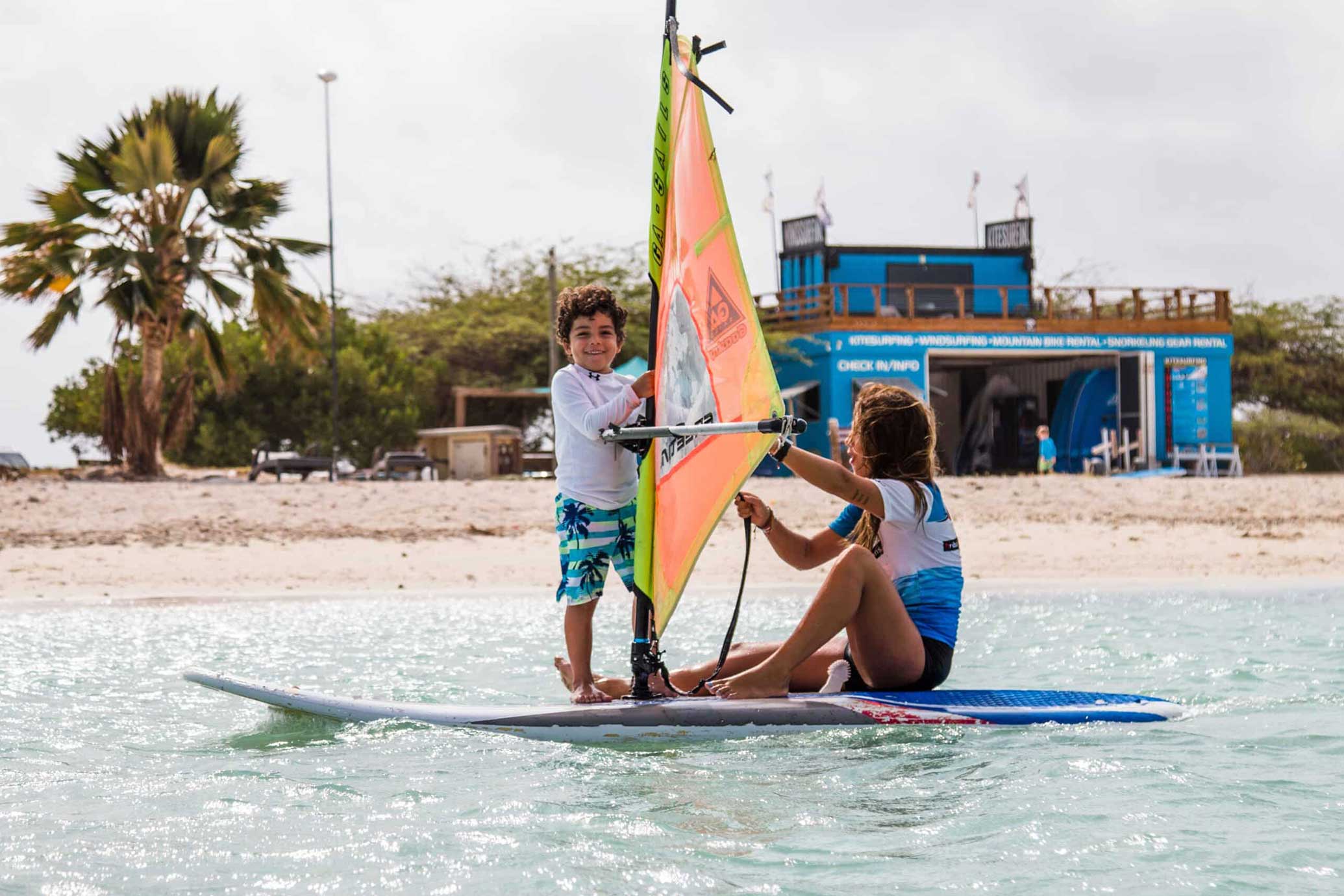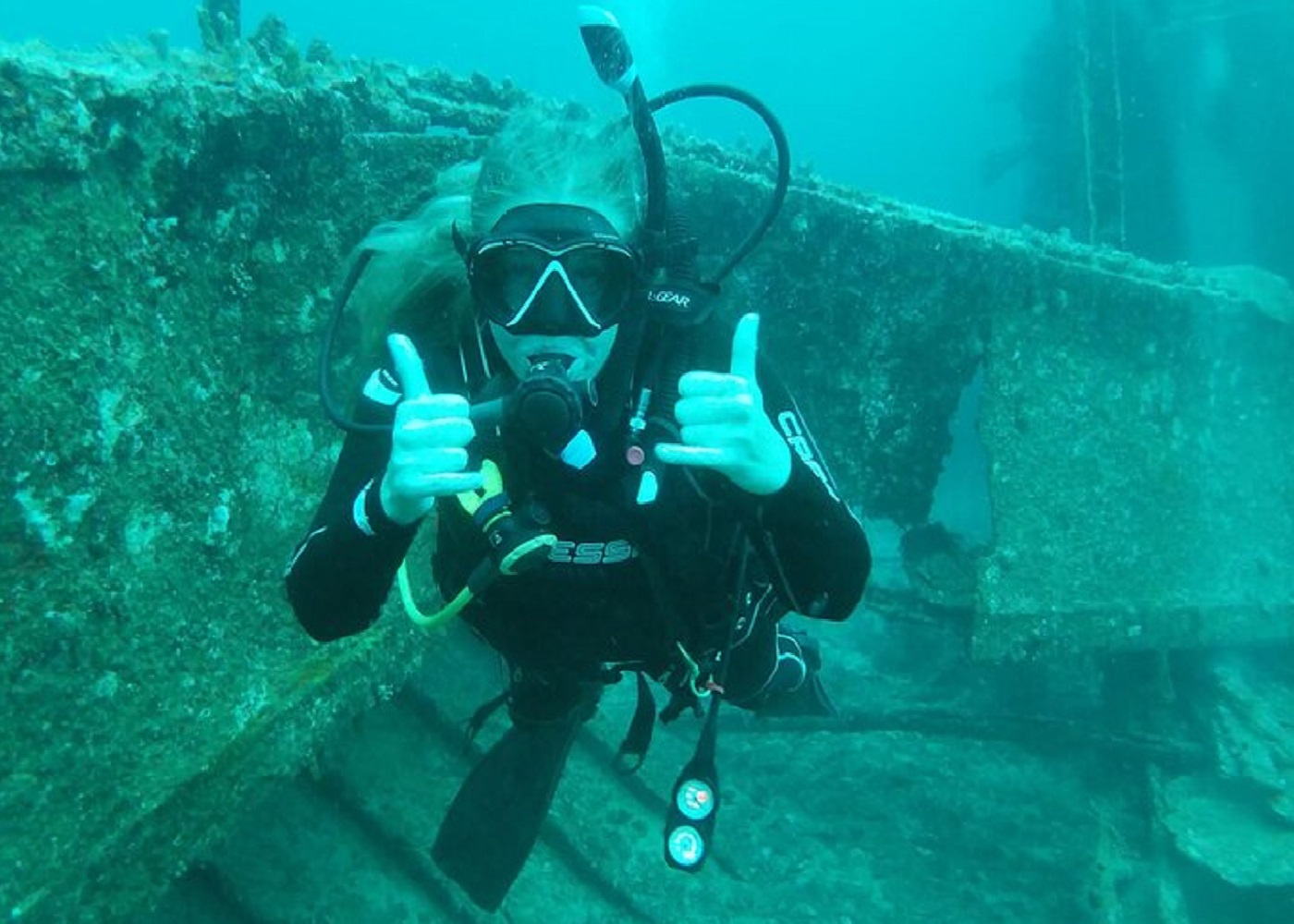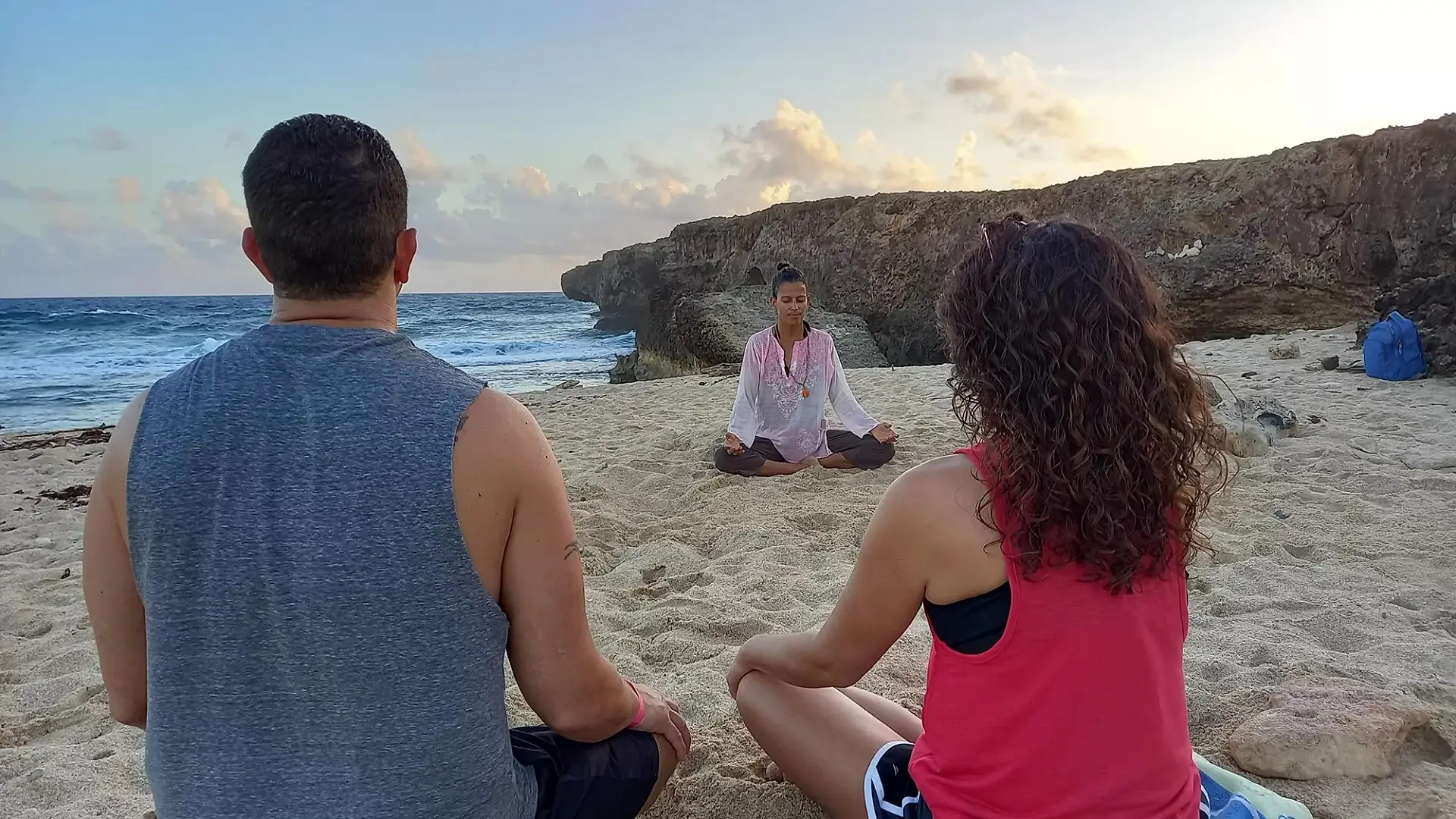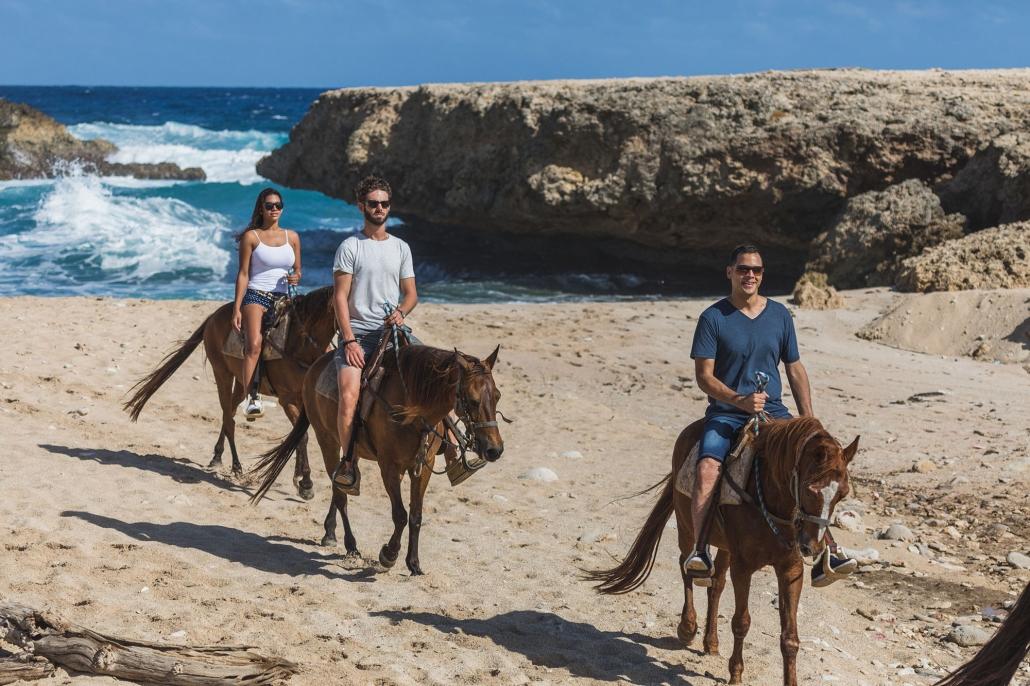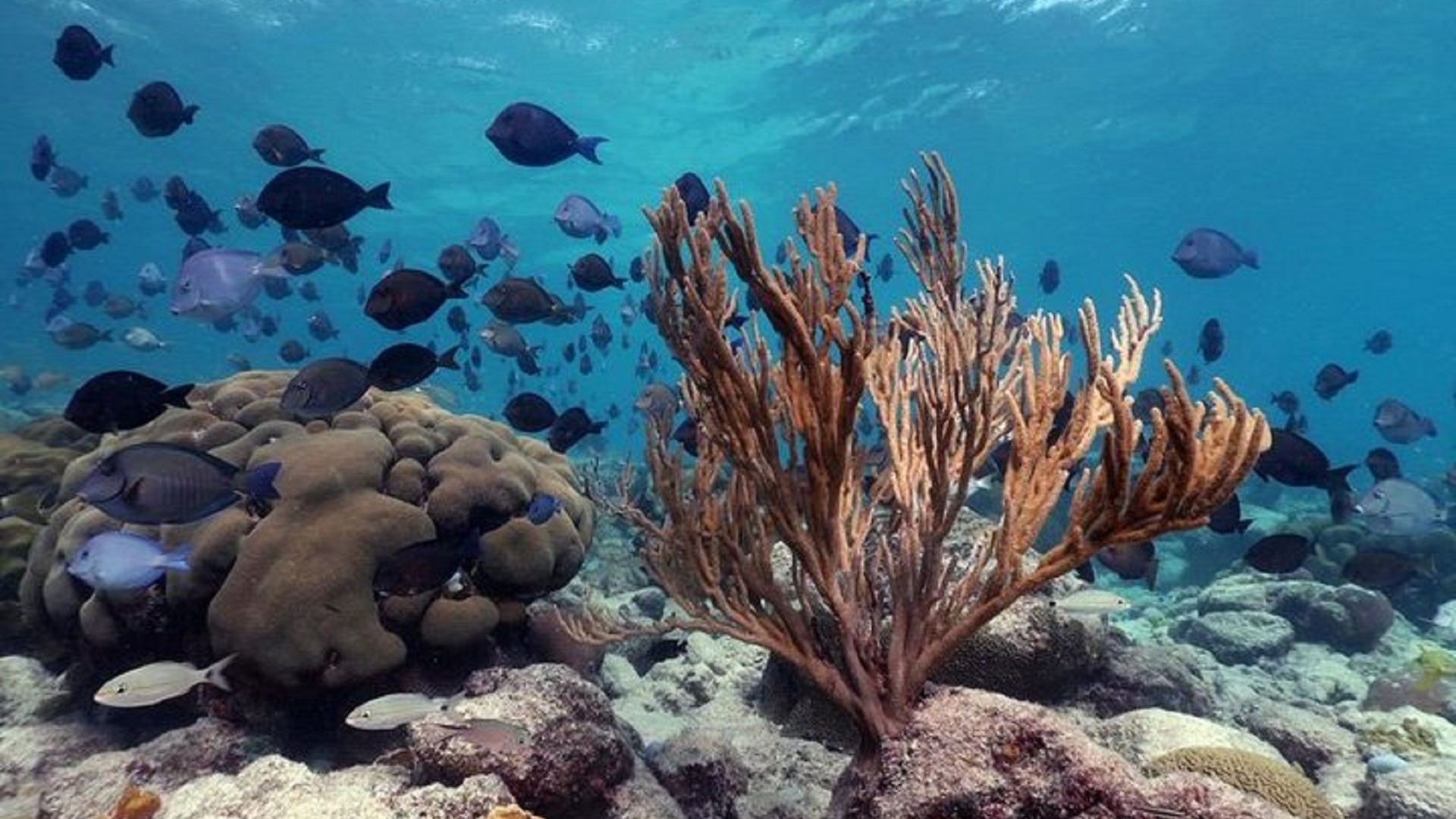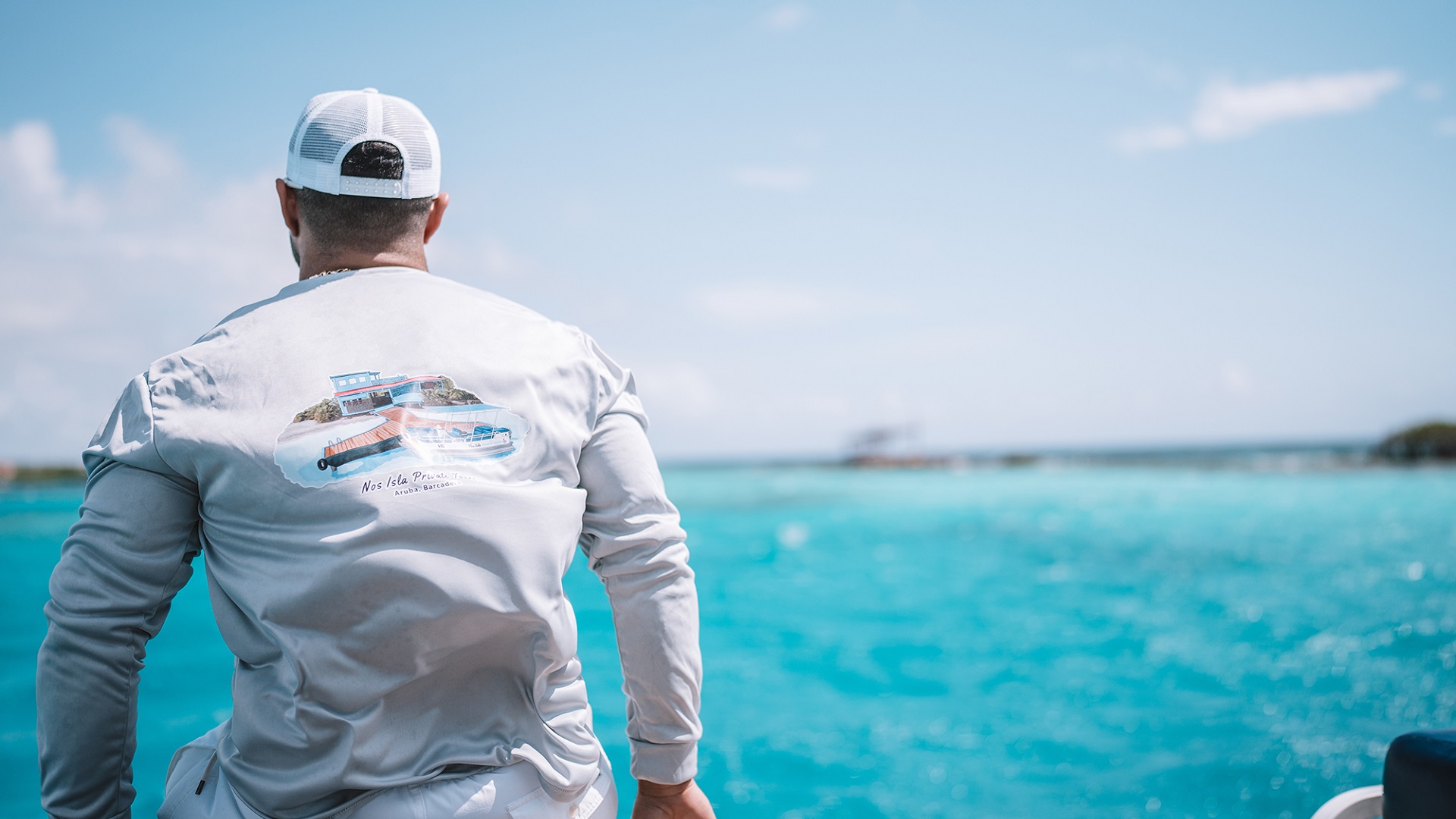Kinikini (Amerikaanse torenvalk)
Kinikini (American Kestrel)
Latin name: Falco sparverius
Length: 19-21 cm. The male is slightly smaller than the female.
Weight: Male: 103-120 grams, Female: 126-166 grams.
Color: The male American Kestrel has a bluish-gray head with a rusty-brown crown, neck, back, and tail. It has black spots on the flanks and shoulder blades. The female has a brown-striped, dirty-yellow chest. Her neck, back, and tail are rusty brown.
Reproduction: Kestrels do not build their own nests and are not picky about nesting sites. They often empty other birds’ nests and reuse them. They also nest and brood on tall buildings, in rock crevices, and in trees. They lay 4 to 6 eggs during the breeding season between April and May. The female incubates the eggs, which takes 26 to 31 days. The eggs are white with light brown spots.
Habitat: The kestrel is found everywhere, both in the Cunucu (countryside) and in residential areas.
Defense method: They are territorial and chase away other kestrels with aggressive aerial attacks if they enter their breeding or feeding area.
Food: Lizards, small birds, or insects such as grasshoppers, dragonflies, and mice. The bird can sit for hours on a high perch, scanning the area for suitable prey, then dives down to catch it.
Enemies: Humans.
- The smallest bird of prey on our islands.

- Tour Location: Arikok Park
- Tour Duration: 3 Hours
- Tour Location: Savaneta, Aruba
- Tour Duration: 4 Hours
- Tour Location: Alto Vista Chapel
- Tour Duration: 3 Hours
- Tour Location: North Coast
- Tour Duration: 2 Hours
- Tour Location: Savaneta, Aruba
- Tour Duration: 4 Hours
- Tour Location: Noord, Aruba
- Tour Duration: 1 hours
- Tour Location: Nieuwstraat 24, Oranjestad, Aruba
- Tour Duration: 04 Hours

